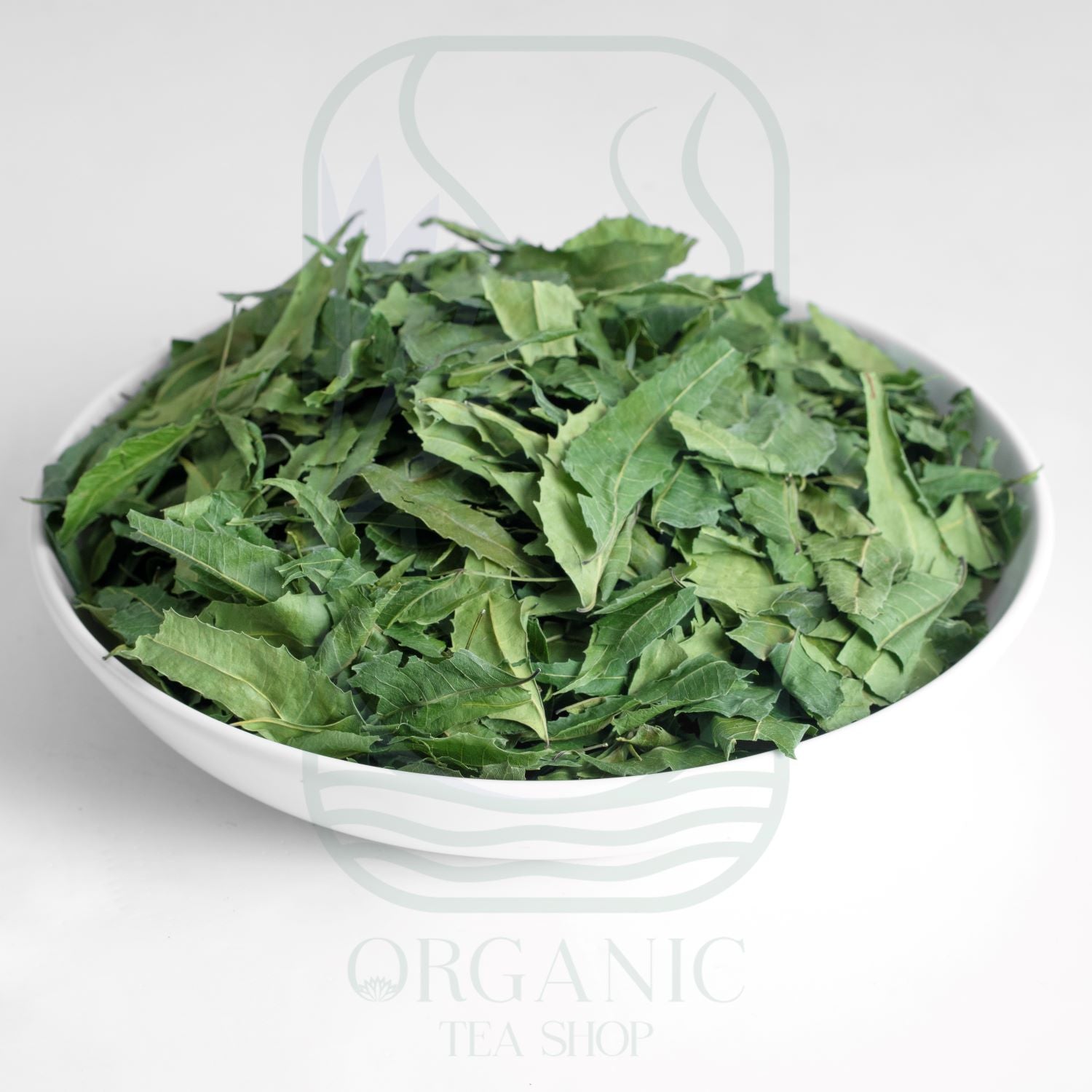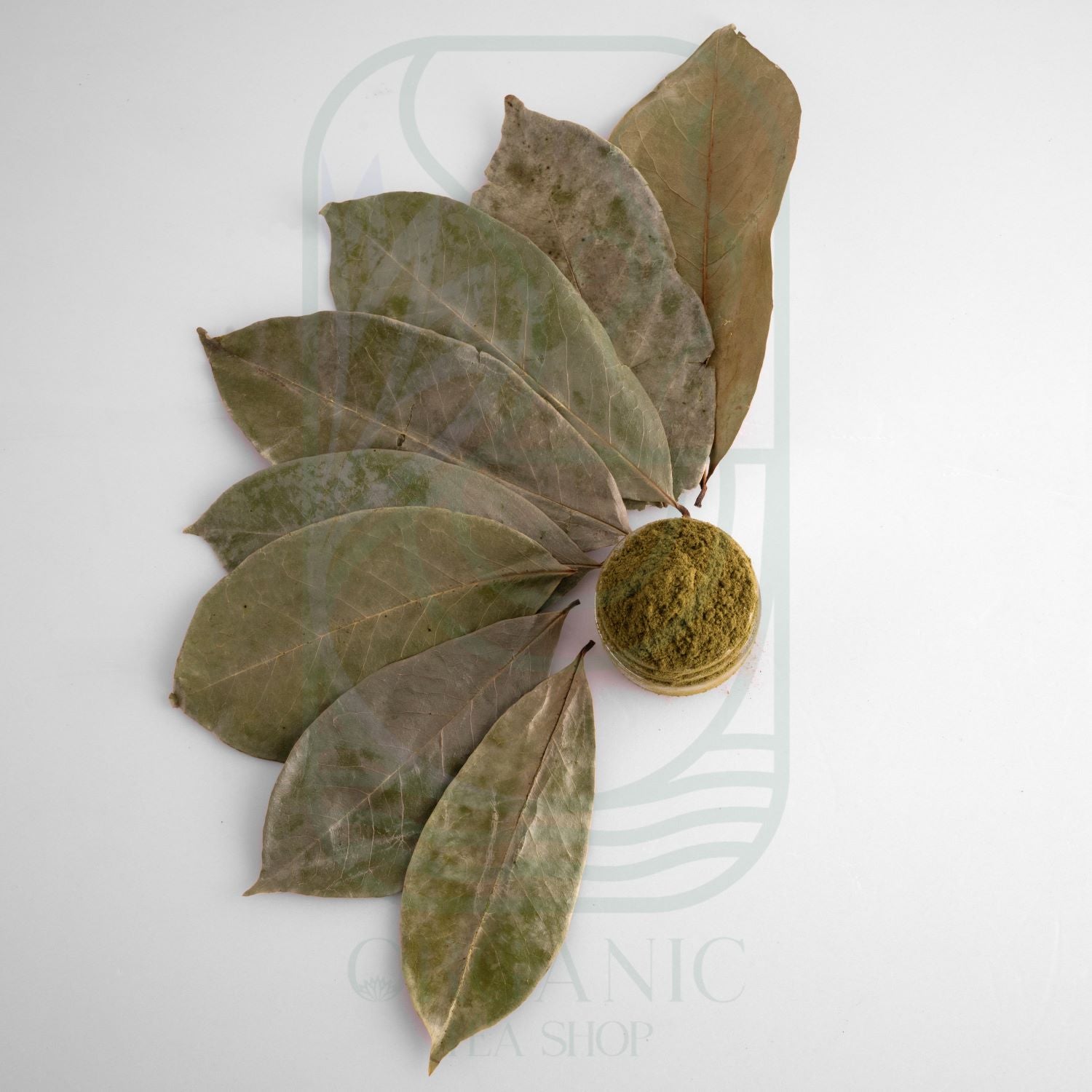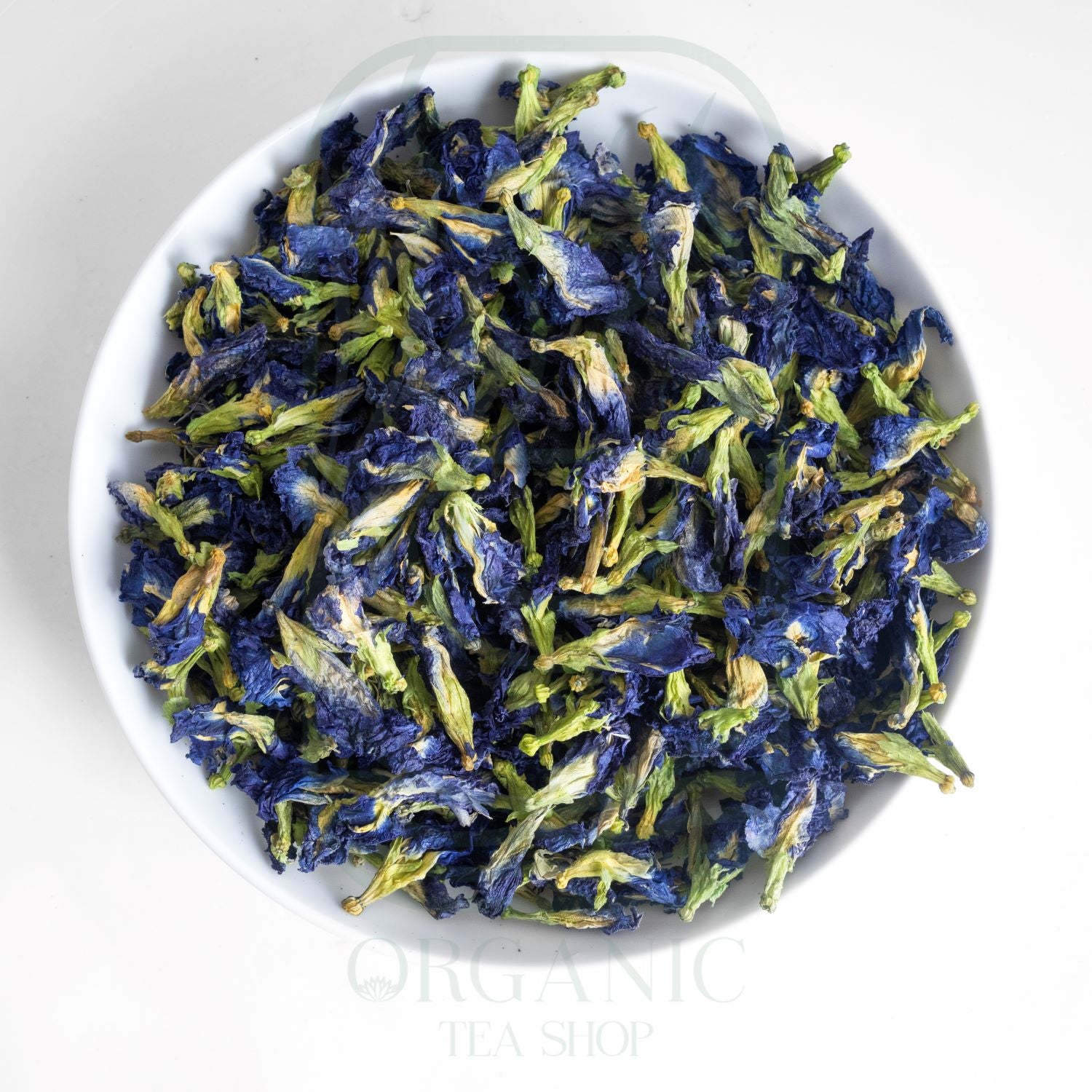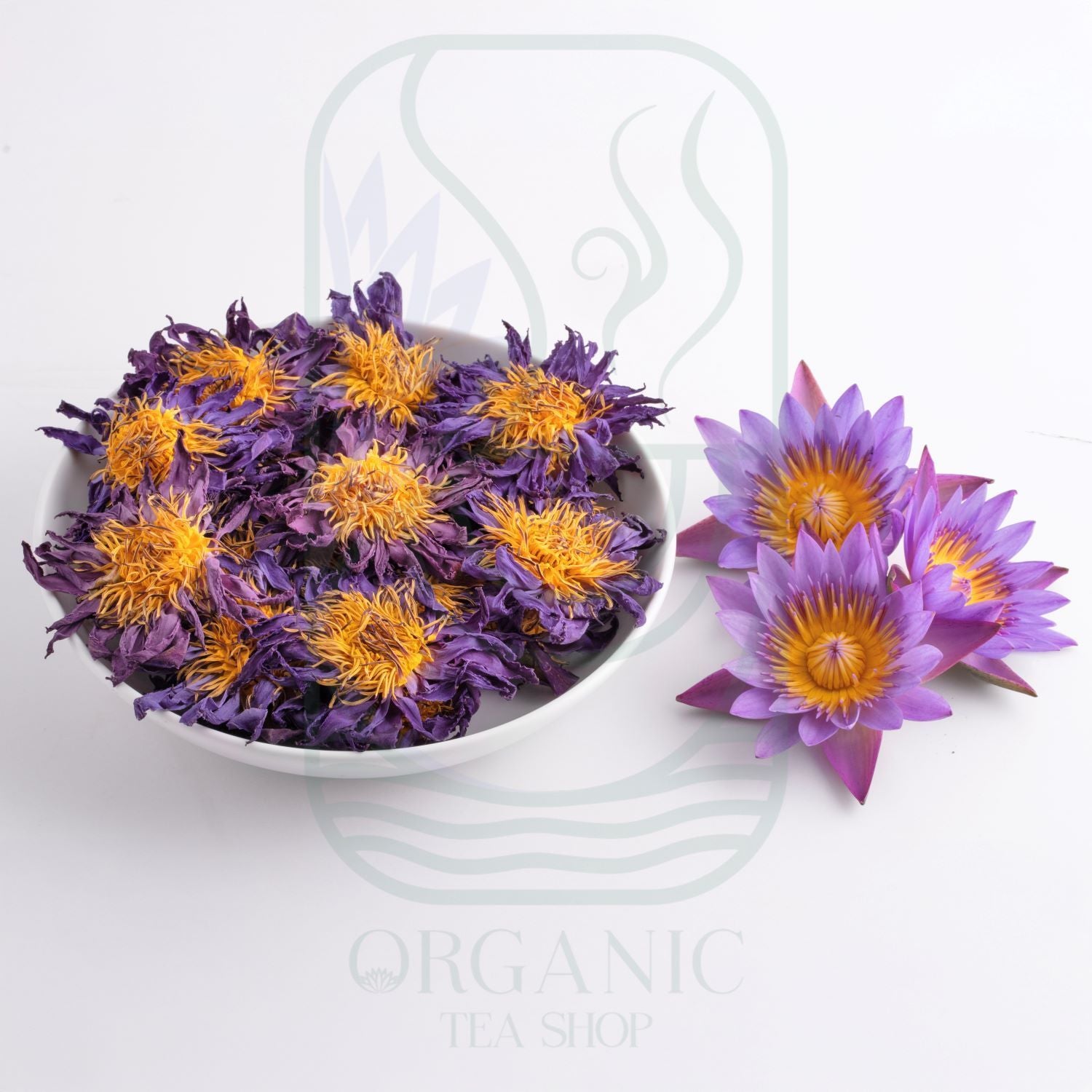
Dried Tea Leaves
What is tea waste?
- By definition, tea “waste” has little, if any, economic value. It’s a throwaway: dust, bits and pieces of twigs, damaged fragments of leaf, floor sweepings, stalks, and leftover detritus that doesn’t meet the standards or processes that result in it becoming part of the packaged end product.
- The term is misleading. Tea waste has many properties that can be turned into a commercial asset. Waste isn’t necessarily inert. The innovations exploit the chemical and molecular richness of the tea bush and its leaf. Waste retains polyphenols, antioxidants, catechins, flavanols, cellulose, amino acid, insoluble proteins, caffeine, fiber, sugars, lignin, zinc, and tannic acid that make tea so rich in flavors, textures, and nutrients. The waste is easily processed to extract, mix, and shape these to create value instead of burning or burying it.
What is tea waste fertilizer?
- Tea contains many nutrients. Granted most of them are found in the first brew of tea but the leftover tea leaves still have some nutrients left that your plants can put to use.
- According to several reports, dried tea leaves contain 4.4% nitrogen, 0.24% phosphorus and 0.25% potassium, making it an organic source of NPK fertilizer, known for helping plants grow.
- Tea is also slightly acidic so it is especially great for acid loving plants such as Hydrangeas, Roses, Tomatoes, and Peppers.
- Tea leaves are high in tannic acid and many other valuable nutrients that make them more fertile.
- It also helps increase oxygenation and facilitates the growth of a stronger root system.
- This fertilizer is especially effective for fruit-bearing plants, herbs, and flowering plants.
What are the uses of tea waste?
1. Contains many nutrients
The caffeine nutrient in the waste has a broad market with substantial export potential. It is extracted for use in many products, including cosmetics, fertilizers, instant teas, medical, and nutritional supplements. Tea waste makes a high protein cattle feed after removal of the tannic acid that interferes with protein metabolization. This can be done cheaply. The high fiber count makes it suitable for ruminants. It tastes pretty awful, but is improved by adding molasses.
2. Maintaining an effective adsorption?
Adsorption is one of the growing areas of opportunity for tea waste. It is the collecting of molecules by a substance that retains them on its surface. The need for adsorption reflects the widespread environmental damage caused by waste created in manufacturing across the globe. It’s the base for removing stuff that runs off into fields and waterways, accumulates in the soil, and is non-degradable.
Mixed with clay, tea waste forms adsorptive membranes for removing toxic effluents from ponds that are generated as a factory byproduct.
Black tea waste powder is an effective dye adsorbent. Dyes are a core ingredient in textiles, printing, papermaking, and cosmetics. The 2% that are directly fed into water resources are concentrated, health hazards, and seriously toxic. Try oolong waste: one study recorded a 98% efficiency in removing methylene blue dye by using it. By and large, waste made in processing any type of tea will do the job. It will match more complex and expensive techniques, such as catalytic oxidation and membrane separation. At a lower cost.
Activated tea waste charcoal adsorbs lead, antibiotics, and heavy metals such as zinc, at a lower cost. This is a form of carbon processed to increase the surface area available for adsorption of other compounds or stimulation of chemical reactions. This micro-porosity can make a single gram of carbon provide 30,000 square feet of surface.
Activated carbon has largely been made from charcoal. This is complex and relatively expensive to produce. Biomass tea waste is growing as an effective substitute. Lightly treated with sulfuric acid it offers a widely available and highly environmental-friendly resource. It also has added properties that enable broader water purification, through advanced technologies like nanoparticles and capacitive deionization.
3. As a good fertilizer for plants
Tea waste is packed with the compounds that make for a superior fertilizer: nitrogen, potassium and phosphorus. Case reports include horse stable manure when mixed with quarry sandstone dust, substrate for mushroom growing, vermicomposting — worm activation — compost for foliar (direct leaf) spraying and soil drenching that improve the plant’s access to nutrients and speed up toxin degradation, and specialty fertilizers with high levels of a particular ingredient, such as methane, ash, or potassium.
4. Can generate electricity
Tea dust and stalks and all the other little bits of waste can be easily processed and turned into liquids and bricks as biomass fuel, bio-char, and bio-oil. The waste is decomposed using fluidized bed pyrolysis, a thermal decomposition process that occurs in the absence of oxygen. Tea waste pyrolysis at high temperatures of 500-700°C and through gasification to produce bio-oil and biochar. The char can be converted into briquettes or mixed with biomass. This provides a highly efficient solid fuel for use in ovens and boilers across many industries – including tea. The techniques can be fine-tuned to optimize the yield of char, liquid, and gas.
The cellulose in tea waste is the same as that of timber. The high levels of this plus sugar, starch, and pectin are encouraging the use of fuel briquettes to replace wood fuel for ovens. The waste is even able to generate battery-power electric charges via vermicomposting.
Besides that, we can use dried tea waste for craft work and art works.
For Your Additional Knowledge
A simple and quick way of preparing the magic organic fertilizer:
1. Use boiled tea grounds or the leftover waste tea residue.
2. Strain and thoroughly rinse the tea grounds to remove any milk or sugar particles. One can also use tea leaves from tea bags.
3. Lay them on a newspaper or tissue paper to dry. Make sure all the moisture escapes from the tea grounds.
4. You can either use it directly or store it in a container for future use.
5. All one needs to do is dig up some two inches, the surrounding surface of soil near the plant and sprinkle the dry tea fertilizer directly on the soil and mix.
6. And also you can combine this fertilizer with the powdered dry egg-shells to make it more effective.
Pickup currently not available
SHIPPING & RETURNS
We strive to process and ship all orders in a timely manner, working diligently to ensure that your items are on their way to you as soon as possible. Need to return something? Just let us know.
Dried Tea Leaves
You may also like

Sri Lanka’s Organic Heritage
From the lush fields of Sri Lanka to kitchens around the world, our spices, teas, and produce are harvested with care and shipped fresh. Every product carries the taste, aroma, and purity of our island home.











